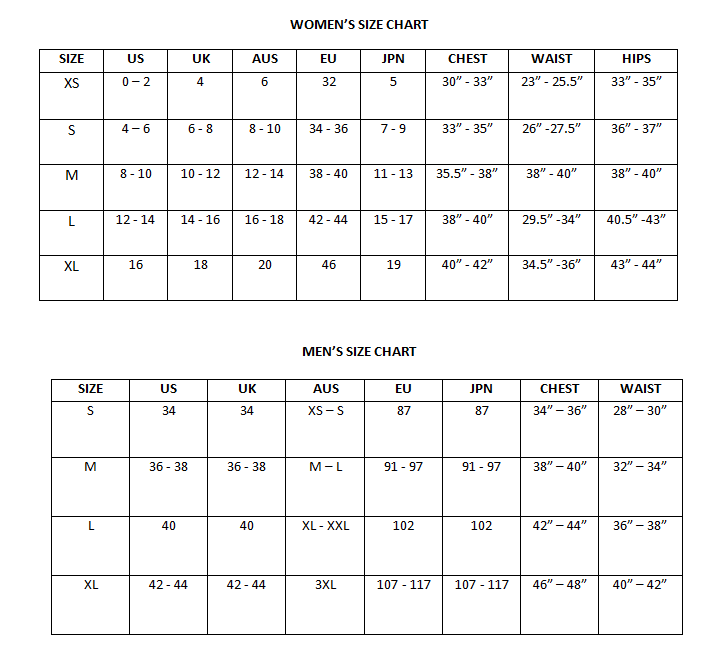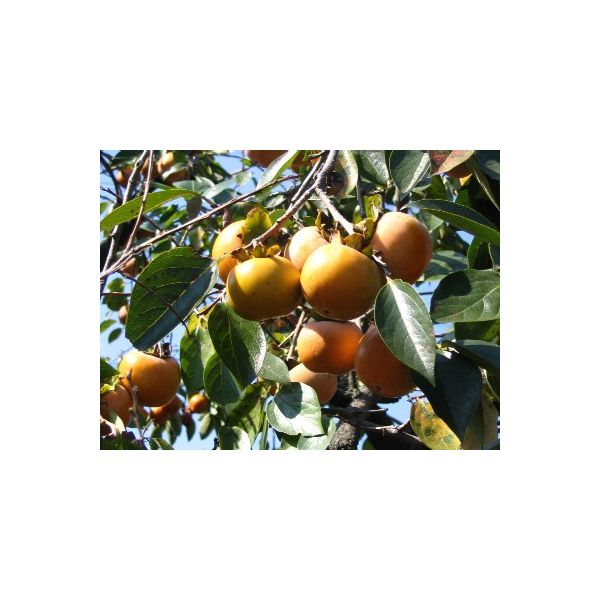Japanese Persimmon Seeds (Diospyros kaki)
Japanese Persimmon Seeds (Diospyros kaki)
Perfect for adding a touch of exotic flavor and stunning autumn beauty to your garden. Easy to cultivate and a delightful addition to any landscape!

Delivery
All orders shipped with UPS Express.
Always free shipping for orders over US $250.
All orders are shipped with a UPS tracking number.
Returns
Items returned within 14 days of their original shipment date in same as new condition will be eligible for a full refund or store credit.
Refunds will be charged back to the original form of payment used for purchase.
Customer is responsible for shipping charges when making returns and shipping/handling fees of original purchase is non-refundable.
All sale items are final purchases.
Help
Give us a shout if you have any other questions and/or concerns.
Email: contact@domain.com
Phone: +1 (23) 456 789
Availability: In stock
SKU
Diospyros kaki
Diospyros kaki: An Overview
Diospyros kaki, commonly known as the Japanese persimmon or kaki, is a deciduous fruit tree belonging to the Ebenaceae family. It is one of the most widely cultivated species of persimmon and is valued for its sweet, flavorful fruit.
Physical Description
Tree Size
Diospyros kaki is a medium-sized tree that typically grows to a height of 4.5 to 18 meters (15 to 60 feet). The tree has a broad, rounded crown and is known for its attractive appearance, especially in autumn when the leaves turn a striking orange-red color.
Leaves
The leaves are ovate to oblong, 7 to 15 cm (3 to 6 inches) long, and turn vibrant shades of orange, red, or yellow in the fall before dropping.
Flowers
The tree produces small, creamy white to pale yellow flowers. The flowers are usually dioecious, meaning that male and female flowers grow on separate trees, though some trees can have both types of flowers.
Fruit
The fruit of Diospyros kaki is a large, round, or slightly flattened berry, typically orange to reddish-orange when ripe. The fruit is known for its sweet, honey-like flavor and smooth, soft texture when fully ripened. The fruit can be eaten fresh, dried, or used in various culinary applications.
Habitat and Distribution
Native Range
Diospyros kaki is native to East Asia, particularly China, Korea, and Japan, where it has been cultivated for thousands of years.
Climate and Soil
The tree thrives in temperate climates and is tolerant of a variety of soil types, provided they are well-drained. It prefers full sun and is hardy in USDA zones 7-10.
Ecological Importance
Pollination
While many Diospyros kaki trees are self-pollinating, cross-pollination between different trees can improve fruit quality and yield. Pollinators like bees play a significant role in the fertilization process.
Wildlife
The fruit of the Diospyros kaki is a food source for various birds and mammals. The tree also provides habitat and shelter for a range of wildlife.
Uses and Cultivation
Culinary Uses
The fruit is widely consumed in many forms, including fresh, dried, or processed into jams, jellies, and baked goods. In some cultures, dried persimmons (known as hoshigaki in Japan) are a traditional delicacy.
Ornamental Use
Beyond its fruit, Diospyros kaki is also valued as an ornamental tree, particularly for its striking autumn foliage and decorative fruit.
Medicinal Uses
In traditional medicine, various parts of the tree, including the fruit, leaves, and bark, have been used to treat a variety of ailments, though scientific evidence supporting these uses is limited.
Conservation and Challenges
Conservation Status
Diospyros kaki is not considered endangered and is widely cultivated globally. However, like many fruit trees, it faces challenges such as susceptibility to pests, diseases, and climate change.
Cultivation Challenges
Proper care, including regular pruning, pest management, and adequate watering, is essential for maintaining the health and productivity of the tree.
Diospyros kaki is a remarkable species both for its delicious fruit and its ornamental beauty. Its rich cultural history and versatility make it a valuable addition to gardens and orchards around the world.
| Label | Diospyros kaki |
|---|---|
| Common name | Japanese Persimmon |
| Genus | Diospyros |
| Species | Diospyros kaki |
| Germination | Coming soon. |
| Price View | Price Range |

